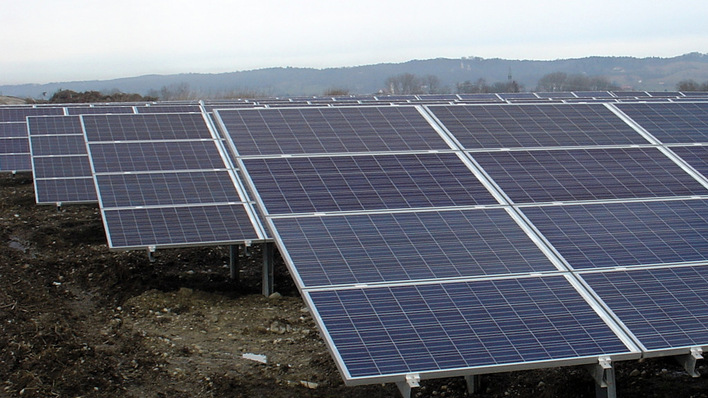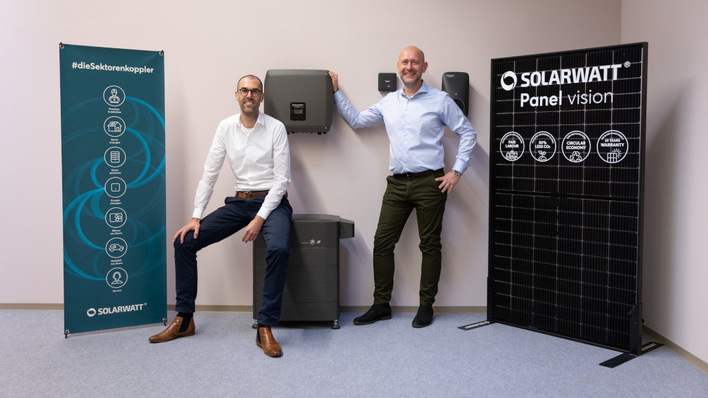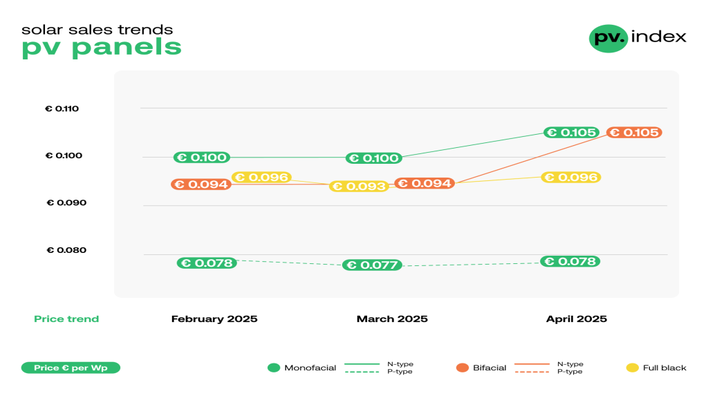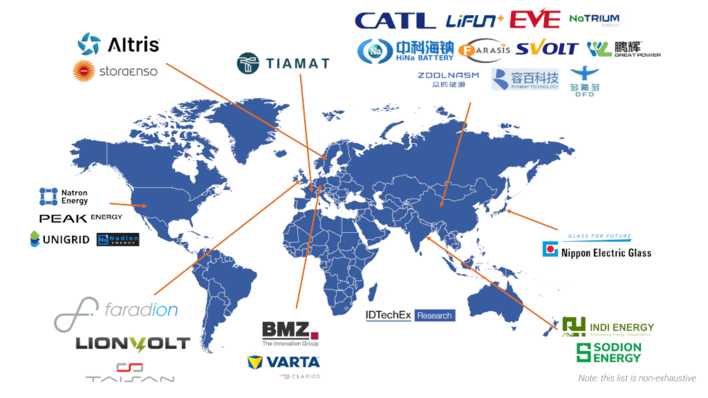The growth of large-scale energy storage systems is among the most significant developments in the energy transition. Utility-scale batteries have moved beyond the margins and are now becoming strategic infrastructure for grid management and the integration of non-dispatchable renewables. Globally, installed capacity is rising rapidly, yet deployment continues to face substantial obstacles, both financially and operationally. Analysing these barriers is essential to understanding how the market is evolving. In Italy, recent policy changes, auctions and tender mechanisms are creating both risks and opportunities for investors and developers.
Uncertainty of revenue models
One of the main obstacles to financing projects is the uncertainty of cash flows. Unlike solar or wind farms, which often benefit from long-term contracts such as PPAs or feed-in tariffs, storage systems generate revenue from markets that are still evolving. Batteries can provide frequency regulation, peak capacity and energy arbitrage, but the economic value of these services depends on secondary markets whose stability remains unproven.
To address this revenue uncertainty, the Italian grid operator Terna has initiated the first tenders for centralised storage system development, offering long-term contracts to attract investment. This is a crucial step, as operators find it difficult to secure institutional financing without guaranteed remuneration mechanisms. Even with capacity auctions, many BESS projects still rely in part on merchant revenues from arbitrage and ancillary services, which remain volatile. Instruments such as MACSE and Capacity Market contracts, which offer fixed or semi-fixed payments over 15 years, provide some stability. However, investors continue to seek long-term horizons and indexed revenues to protect against inflation and regulatory risk.
Costs and financial structures
Despite the sharp decline in lithium-ion battery prices, utility-scale projects remain capital-intensive. The upfront investment is substantial, and returns are distributed over relatively long timeframes. As a result, traditional project finance structures are not always suitable unless supported by public guarantees, capacity payments or contracts that secure minimum fixed revenues. In Italy, several models are currently being tested, drawing on capacity markets already established for other technologies, with the goal of making storage projects bankable.
Large BESS installations, particularly those exceeding tens or hundreds of megawatt-hours, require significant upfront investment. Payback periods depend heavily on factors such as regulation, battery degradation, maintenance and grid connection costs, making financing structures complex. To attract institutional capital, public guarantees or co-investment, capacity payments and stable subsidy or contract frameworks will be essential.
Technological risk
Another complicating factor is technological risk. Battery technology is evolving rapidly, and today’s state-of-the-art solutions may be surpassed within a few years by alternative chemistries such as sodium, lithium iron phosphate or flow systems. This risk of obsolescence creates a financial dilemma, as investors are cautious about committing capital to assets that could lose competitiveness before achieving adequate returns.
At the industrial level, greater standardisation of systems and the definition of clear, shared performance metrics are essential to reduce uncertainty and make risk assessment more manageable. As Italy has seen with the “two ~800 MWh” plants in 2024, very large storage projects are now feasible. However, the scale itself brings risks: battery degradation, performance over many cycles, safety (thermal management) and future obsolescence as new chemistries or longer-duration storage options mature. Developers must carefully model lifetime costs, warranties and replacement cycles.
Implementation challenges
Equally important are the practical challenges of delivering projects. Connecting a large storage system to the grid requires impact studies, permitting processes and connection timelines, all of which are often lengthy and uncertain. In Italy, permitting remains a well-known barrier, although recent reforms aim to streamline procedures for critical infrastructure. At the same time, reliance on raw materials such as lithium, nickel and cobalt remains a sensitive issue, as their prices and availability are subject to geopolitical factors beyond developers’ control.
Rolls-Royce – managing complexity in large-scale storage
Safety concerns, ranging from thermal runaway incidents to compliance with fire safety regulations, also require additional investment and careful operational planning. Although Italy has been reforming permitting for energy infrastructure, delays and uncertainty persist. Grid interconnection capacity, particularly in southern regions and on islands, can be a bottleneck. Rules governing how storage can access ancillary services, participate in dispatch and be treated by TSOs such as Terna are also evolving. Ambiguities in the FER (fonti energie rinnovabili) legislation and in the authorisation process further increase investor risk.
Opportunities and future directions
Despite these challenges, the opportunities remain substantial. On the regulatory front, Italy and the European Union are setting a clear direction, with targets such as 11 GW and 58 GWh of utility-scale BESS by 2030 in Italy alone. Terna’s tenders, new rules for storage participation in ancillary services markets, and the prospect of a dedicated capacity market all signal strong institutional commitment. The dual objective is to reduce perceived risk for investors and to fully recognise the value batteries bring to grid stability.
Nexta and Octopus secure green light for 50 MW storage project in Italy
In parallel, technological innovation is creating real opportunities to lower costs and extend asset lifespans. Advanced management systems, supported by artificial intelligence, can optimise charging and discharging cycles to improve economic performance. The development of new battery chemistries will also reduce reliance on critical raw materials and enable more sustainable solutions.
Prices and availability of lithium, cobalt, nickel and other materials remain subject to global supply chain pressures. For large-capacity plants, transport, component procurement and conversion systems such as PCS and inverters represent significant costs. Inflation in construction, labour and regulatory compliance is also a factor.
What lies ahead
The path to widespread deployment of utility-scale storage systems will face significant obstacles. Financial, technological and regulatory challenges remain substantial, but positive signals are becoming increasingly clear.
Solar Investors Guide – storage for revolutionising the grid
Italy’s utility-scale BESS segment has expanded rapidly, growing from around 507 MWh and 222 MW in 2023 to approximately 3,359 MWh and 851 MW in 2024. With dozens of projects approved, including 648 MW approved in mid-2025, and major tenders underway such as MACSE and Terna’s auctions, the investment opportunity is increasing. With the introduction of structured remuneration mechanisms and Terna’s active involvement, Italy is at a pivotal moment. The country now has the opportunity to show that battery projects can become bankable and attract large-scale private capital.
Looking ahead, those who can effectively manage risk and develop innovative financial models will play a central role in shaping the new energy paradigm. Utility-scale batteries are no longer just a complement to renewables; they are set to become critical infrastructure for the electricity system of the future. (Diego De Lucia/hcn)









